Search for...
#e-learning development Bookmarks
Published Bookmarks
 5 Easy Presentation Tips for Training Providers & Instructors
5 Easy Presentation Tips for Training Providers & Instructors
Make your presentations and training sessions more memorable, enjoyable, and useful to your students by implementing these 5 easy tips. These techniques work well when authoring and designing E-Learning content too!
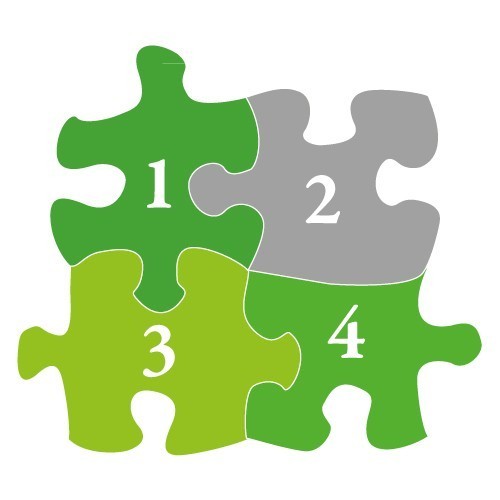 4 Guaranteed Ways to Make Your eLearning Courses Worth Taking
4 Guaranteed Ways to Make Your eLearning Courses Worth Taking
Ok, so anyone can create online learning these days. And a lot of it is bad. These are kind of broad (I guess so they could have just 4!) but still very good things to keep in mind.
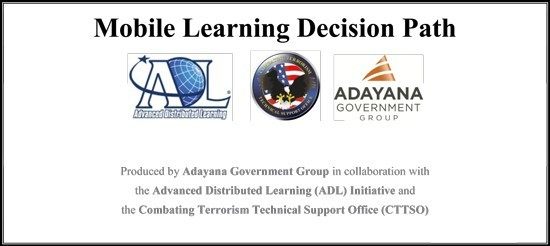 A Mobile Learning Decision Path for Instructional Designers tasked with developing mLearning
A Mobile Learning Decision Path for Instructional Designers tasked with developing mLearning
This is a REALLY nice document for planning online and/or mobile learning. Will make your life easier!
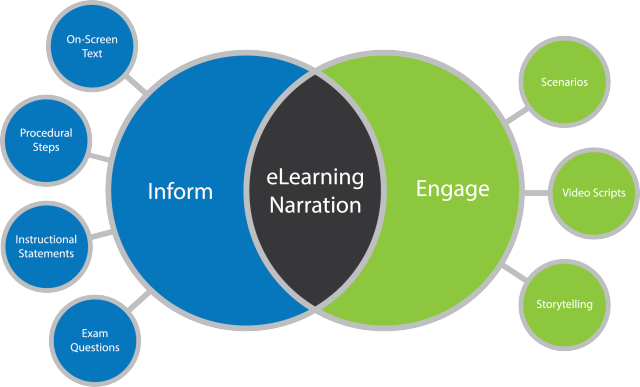 Writing Styles for eLearning Narration
Writing Styles for eLearning Narration
This post by discusses the various writing styles for eLearning narration.
 6 Ways to Show Students You Care
6 Ways to Show Students You Care
A little extra care could make all the difference - help students retain knowledge, inspire them to come back for more training, and set your courses apart in the process!
 How to develop, integrate and disseminate a Code of Ethics and Conduct to your Employees
How to develop, integrate and disseminate a Code of Ethics and Conduct to your Employees
Through the adoption of a Code of Ethics and Conduct, companies are expected to provide values and guidelines to their employees in oder to drive positive behaviors towards colleagues, stakeholders, customers and partners and to promote honesty and integrity as key principles in any kind of interaction.
 E-Learning for Innovation, Training and R&D
E-Learning for Innovation, Training and R&D
At a time when change comes faster than ever, a key advantage of E-Learning is that it has a faster delivery cycle than traditional classroom-based education and it is less expensive.
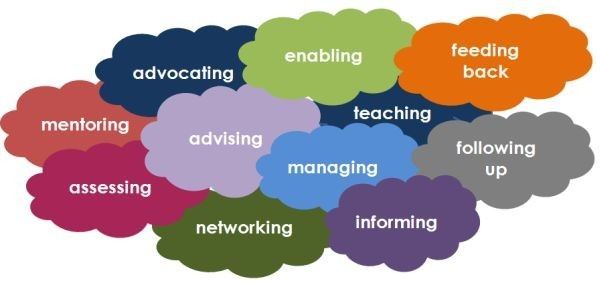 Using E-Learning Platforms in Assessment and Job Placement
Using E-Learning Platforms in Assessment and Job Placement
As job assessment and placement activities become critical in the current market scenario, E-Learning technologies are now able to improve these kinds of processes, by delivering advanced services for both employees and employers.
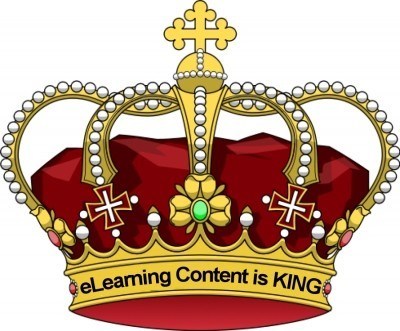 Is eLearning Content King, Queen or a Slave?
Is eLearning Content King, Queen or a Slave?
eLearning’s basic goal is not only to reduce the cost of training, but also to generate business results and since in the most cases there is no face-to-face interaction, what we have is a lot of content. By wisely using the content, we will be able to measure effectiveness and therefore get a ROI. There are basically 5 steps we need to follow in order to ensure the effectiveness of our eLearning content.
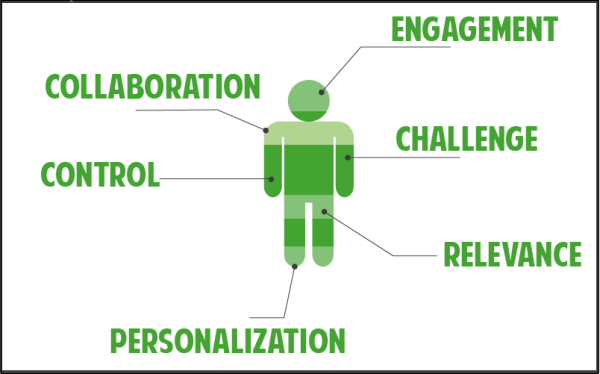 Six Key Ingredients of Learner-centered eLearning Courses
Six Key Ingredients of Learner-centered eLearning Courses
There are a lot of articles that say "here are the most important things in designing elearning". But I think this one really boils it down to the essentials: Challenge, Engagement, Personalization, Control, Collaboration, and Relevance.
Submit Bookmark





